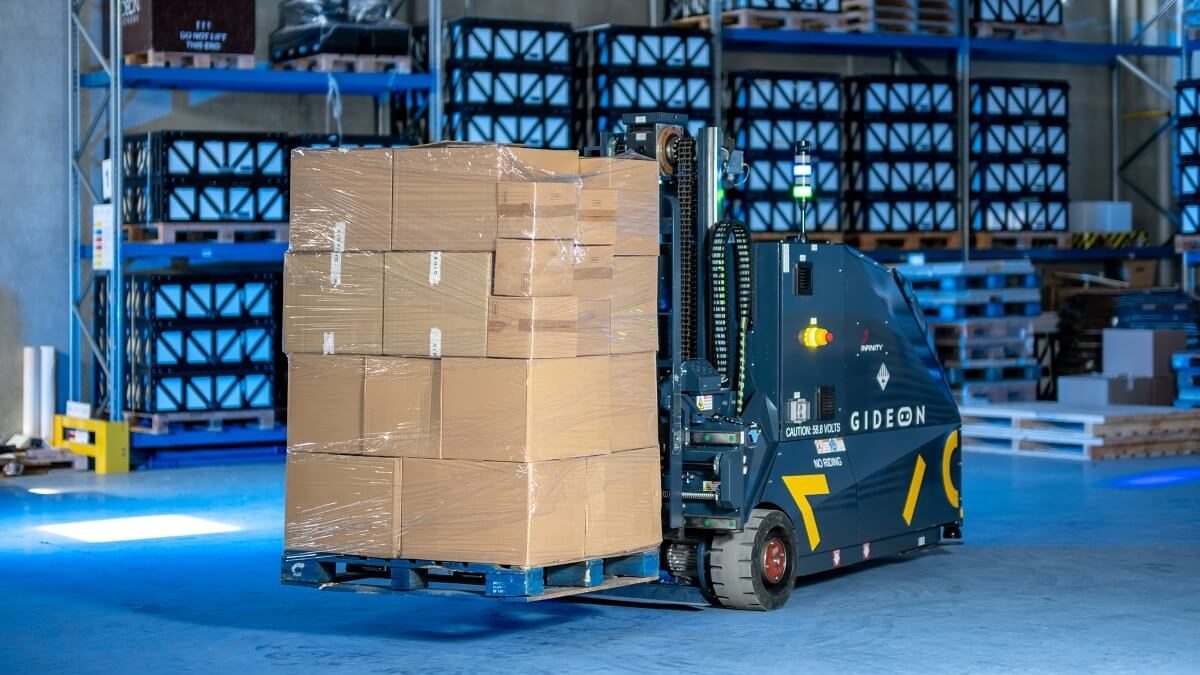- Leading with innovation
- blog
Inside Trey: The future of forklifts, augmented by Nvidia
Trey, a completely autonomous forklift augmented by NVIDIA tech, enhances loading dock safety and speeds up operations. Find out how!

/
